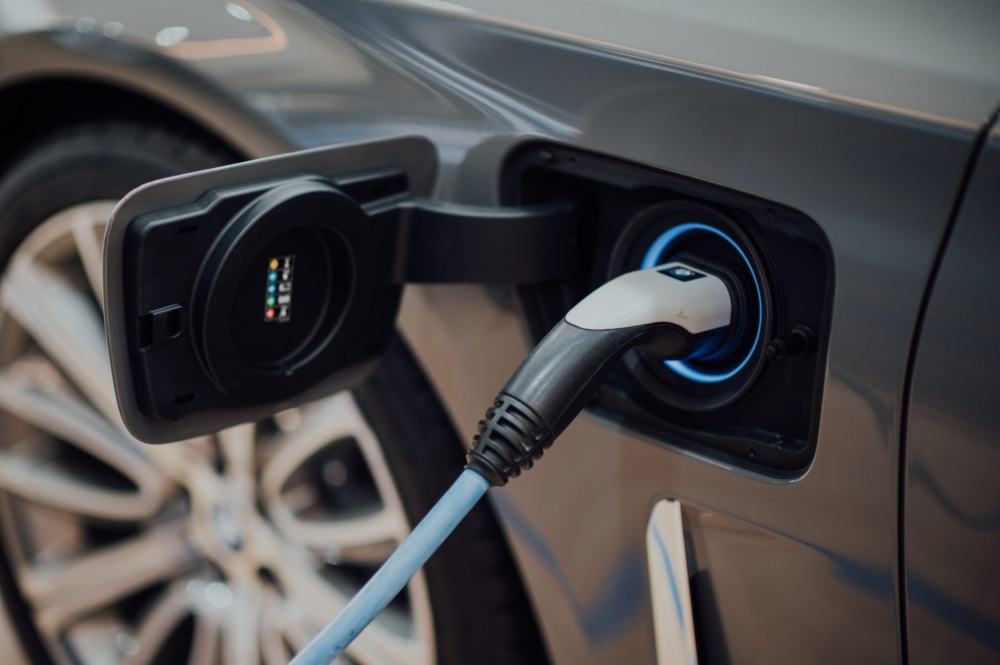Originally posted in Business Daily, April 19, 2022
Over the past two weeks, Kenyans have been forced to grapple with the pain and uncertainty of fuel shortage. Drive down any street in Nairobi and you can see the impact on daily life. Kilometre-long queues of vehicles all day and night cause traffic jams around every petrol station.
Individuals swarming petrol stations with jerry cans and water bottles waiting for hours to purchase whatever fuel is available. Households and businesses are now forced to ration fuel while commercial buses and trucks are forced to limit operations.
This crisis extends well beyond fuel at the pump. As transport slows and becomes more expensive, businesses struggle to operate and commodity prices rise, impacting the bottom line for thousands of Kenyans. Inflation now stands at 6.3 percent and higher costs are now a painful daily reality for all Kenyans.
There is already plenty of finger-pointing for this crisis. Some point to delays in the government making its promised fuel subsidy payments to petroleum marketers.
Others point to those same marketers hoarding petrol hoping to fetch higher prices. Still others will point to panic-buying from consumers, fearful about fuel stations running dry or a major rise in the price of fuel just around the corner.
These accusations miss the broader issue: Kenya’s economy is wholly dependent on the uncertainty and volatility of imported petroleum fuel.
Since launching the fuel price stabilisation programme in April 2021, the government has spent Sh36 billion ($313 million) in payments to foreign-owned petroleum companies in an effort to keep fuel prices stable.
This expenditure alone represents five percent of Kenya’s current account deficit, and fuel companies are claiming that the government owes them an additional Sh20 billion ($173 Million).
With the latest round of price adjustments, the government now subsidises Sh29 for every litre of petrol and Sh40 for every litre of diesel used.
With every litre of fuel we use here in Kenya, funds from our Treasury will be sent to foreign energy companies to support a product that destabilises our economy, pollutes our air, and destroys our climate. The most important question we should ask is: how do we free ourselves of this burden and ensure this is Kenya’s last fuel crisis?
The answer is simple and clear: electric transport. Kenya has the energy to power our transportation system already within our borders. Kenya currently generates a surplus of clean renewable electricity.
Thanks to large reserves of geothermal energy and hydropower, Kenya’s electricity is already over 90 percent renewable, making the country a global leader in clean electricity.
The surplus supply of renewable electricity is waiting to be used by commercial and industrial consumers. With new electric vehicle technology, this same energy can be used to power our transportation system.
At the recent launch of Kenyan electric bus company, BasiGo, Kenya Power acting CEO Rosemary Oduor said that the utility already has enough excess electricity supply to charge 50,000 electric buses or two million electric motorcycles at night.
Imagine if the money being spent in payments to foreign petroleum companies instead supported a clean transportation system that made use of energy produced here in Kenya. This is the path to ensuring Kenyans’ resilience against high oil prices and fuel shortages.
The shift to electric transport in Kenya is not some wishful future — it is happening right now. BasiGo’s first two electric buses are already in passenger operations with CitiHoppa and East Shuttle, carrying passengers every day in Eastern Nairobi.
Ampersand, Opibus, ArcRide, EcoBoda and a number of other Kenyan companies are already offering electric motorcycles and electric tuk tuks with business models that make them affordable and easy to use.
Finnish company Nopea Ride has been offering electric taxi services across Nairobi for years. These local companies are creating a new technology-driven economic sector and creating jobs in energy, manufacturing, infrastructure, and maintenance services.
To help unlock this momentum the World Resources Institute launched the Africa Mobility Initiative, an accelerator that connects mobility startups in Kenya and Uganda to needed resources and funders.
And it established Digital Transport for Africa, a collaborative digital platform that provides urban mobility developers in Africa easy access to standardised data, software, and knowledge for strategising their growth paths.
Powered by Kenya’s renewable energy, and supported by partners, these companies are putting Kenya at the forefront of the global sustainable mobility revolution.
Rather than asking who is to blame for the current fuel crisis, now is the moment for us to accelerate the shift to electric mobility in Kenya. There is plenty that needs to be done. We need to invest in strengthening the grid and making it smarter to support daily charging of thousands of electric vehicles.
We need to accelerate the deployment of charging and battery swapping infrastructure to give confidence to vehicle operators who would like to switch from diesel or petrol to electric.
We need policies to help establish local electric vehicle manufacturing in Kenya and to help consumers and businesses adopt the technology.
An association of electric transport developers has recently been established to tackle these issues in partnership with utility and government stakeholders.
The answer to our current fuel crisis in Kenya is not who is to blame. The answer is how quickly we can end our dependence on petroleum energy and begin building our economy on the foundation of Kenya’s abundant renewable resources.
Electrifying our transport sector is our path to energy independence, growing prosperity, and resilience to fickle international oil.

